What can you do after LASIK?
There are so many factors involved after LASIK treatment, like regular visits to your surgeon for checkup and followed the guideline that is given to you and keeps in mind that specific instruction for a recovery. Post-LASIK treatment is all about after surgery how you take care of your eyes to getting the desired result.
Try to avoid your eyes from rubbing or doing something during the healing process that could lead to wound infection. To help with dry eyes and keep your eyes moist, a post-LASIK treatment plan will also include eye drops. To address the pain that may occur for the first day or two, you might also be given a painkiller.
After LASIK surgery in 24 to 48 hours, you will need to see the doctor so that they can check for Healing and vision.
The doctors will decide whether any changes are needed in the care plan. After surgery for at least six months follow-up visits to ensure that healing is continuing as planned.
What to expect after LASIK and Timeline for recovery
For a successful recovery, after LASIK surgery the first 24 hours are critical. You should prevent eye strain during this time. The American Refractive Surgery Council discloses that you will usually be able to resume more routine everyday activities within a day or two of completing a LASIK procedure.
The FDA says that you may want to take a few days off work after LASIK to give yourself an opportunity to subside from any discomfort and usual visual disturbances post-LASIK, such as glares and halos around lights. When you first open your eyes after surgery, you will feel like your eyes are foggy, and you will often experience some scratching and burning sensations after the local anesthesia wears off. Generally, within a couple of hours, this tapers off. The U.S. National Library of Medicine (NLM) notes that you might experience blurred vision on the day of your surgery, but this typically clears up the next day.
Again it is important not to rub or bump your eyes for several days after LASIK to prevent the flap from being dislodged and to minimize the odds of infection. Your vision can stabilize as quickly as a few days after a LASIK procedure, but the healing process takes between three to six months before vision stabilization is considered complete in most cases.
A general recovery timetable for LASIK and healing instructions are outlined below.
After LASIK first 6 hours:
Try to avoid bright lights for this keep your eyes closed for the first 6 hours after LASIK. After surgery first few hours you may feel some pain. To keep your eyes lubricated and free from infection, your doctor may prescribe some pain medicine and probably eye drops.
After LASIK the first 24 hours:
Try to prevent your eyes from straining as much as possible. As far as possible, stop watching TV, reading and screening time, like computers, cell phones and video games. you can shower after one day of surgery but be careful not to get soap or other chemical products near your eyes. You’ll be able to drive if you feel your vision is good enough. To check on your recovery, you should attend a follow-up appointment with your surgeon.
After LASIK 1 to 2 weeks:
You caqn start exercising within a week after LASIK surgery. Use the eye drops to prevent eyes from dry and using sunglasses when you out in the sun protection yourself from ultraviolet rays. At least a week or two after LASIK surgery stop using cream or lotion around the eyes that may cause infection. Stop swimming for at least two weeks of LASIK because water may be polluted.
After LASIK 1 month:
Usually, you can return to strenuous activities at this stage, including sports. To allow your eyes to recover, you might want to consider sports goggles.
After LASIK 3 to 6 months: Your eyes can begin to recover throughout this period and your vision will gradually improve. Significant refractive errors could take longer to recover, such as extreme myopia (nearsightedness), as these procedures can be more intrusive than those that correct milder conditions.
Here are some general tips on what to do after LASIK surgery and things to avoid:
- Wait to drive until you see clearly enough to do so
- For the first week or so, restrict screen time, and try to avoid all screens for the first day or two.
- For a minimum of a month, do not rub your eyes.
- Wait a day to shower at least, and wash your hair. Keep the shampoo, shower water and soap out of your sight as best you can when you do so.
- For as long as the doctor suggests, use the protective eye mask, at least for a week at night while sleeping.
- For a few weeks, stay away from the spas, whirlpools, hot tubs, saunas, and pools.
- Take it easy and for the first two or three days, don’t indulge in any strenuous tasks such as exercise.
- When out in the sun for a minimum of a month, wear sunglasses.
- For at least a week, stay out of places that are especially dusty or dirty.
- Do not wear eye makeup or place lotion or creams for a week or two near the eyes. For stuff like shaving cream and hair spray, be careful.
- Wait a few weeks before returning to sports and while playing contact sports, wear protective eye goggles for a few months.
- To keep your eyes from drying out, use eye drops routinely.
- Stick to the treatment protocol outlined by your surgical care team, and use any medicines as instructed.
- Attend your follow-up appointments and chat about any issues or concerns with your doctor.
You should experience better vision and less pain by the time of your follow-up appointment, the first day or two after surgery. Speak to the doctor if things tend to get worse or do not work out.
Within a few months after LASIK, the vision can recover, and 90% of people will experience at least 20/20 vision after the operation, according to the American Refractive Surgery Council. Recovery is relatively quick from LASIK. You will increase the rate of recovery and visual progress if you obey the aftercare plan set out by your doctor and surgical team.


